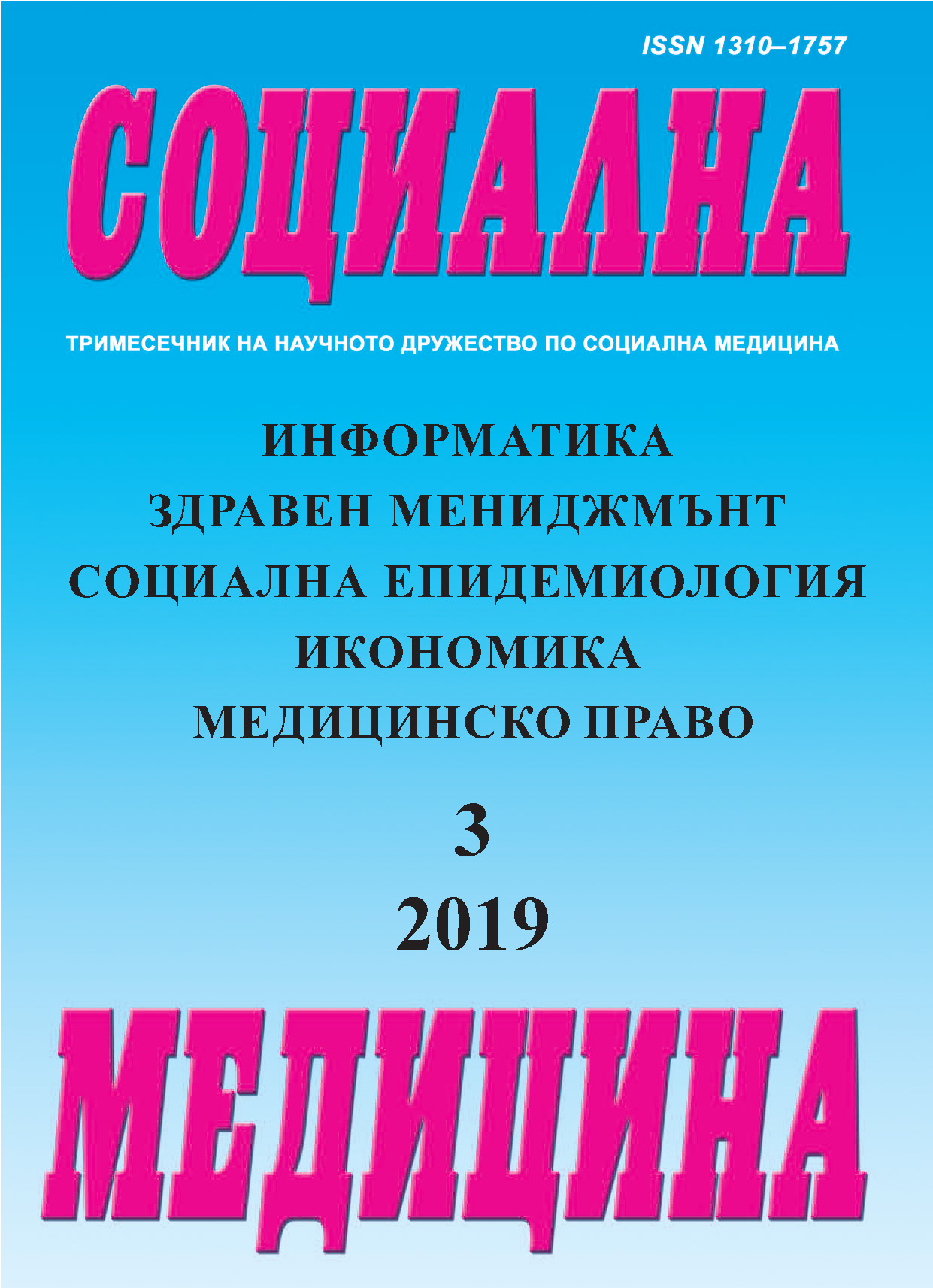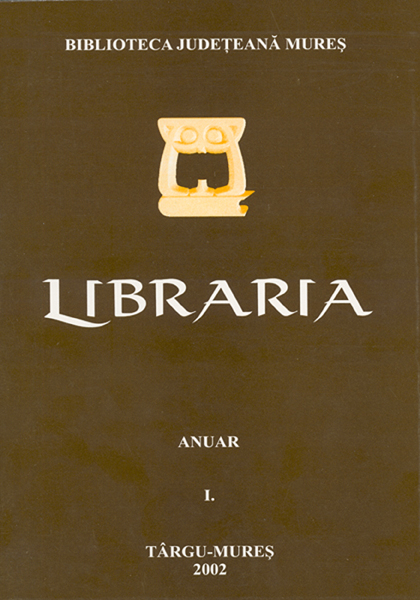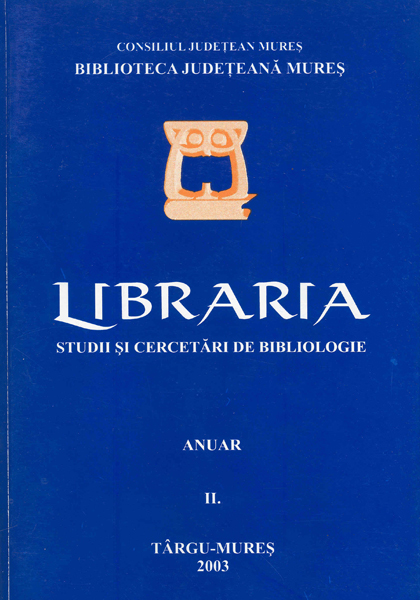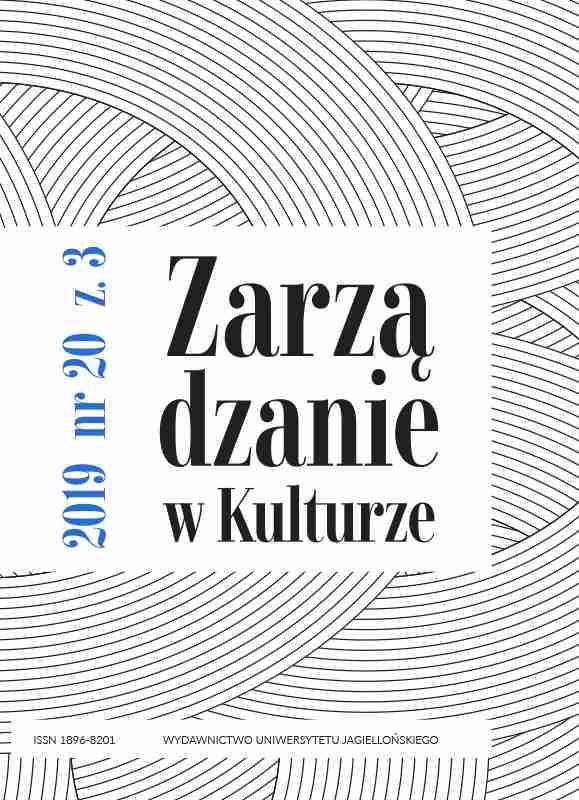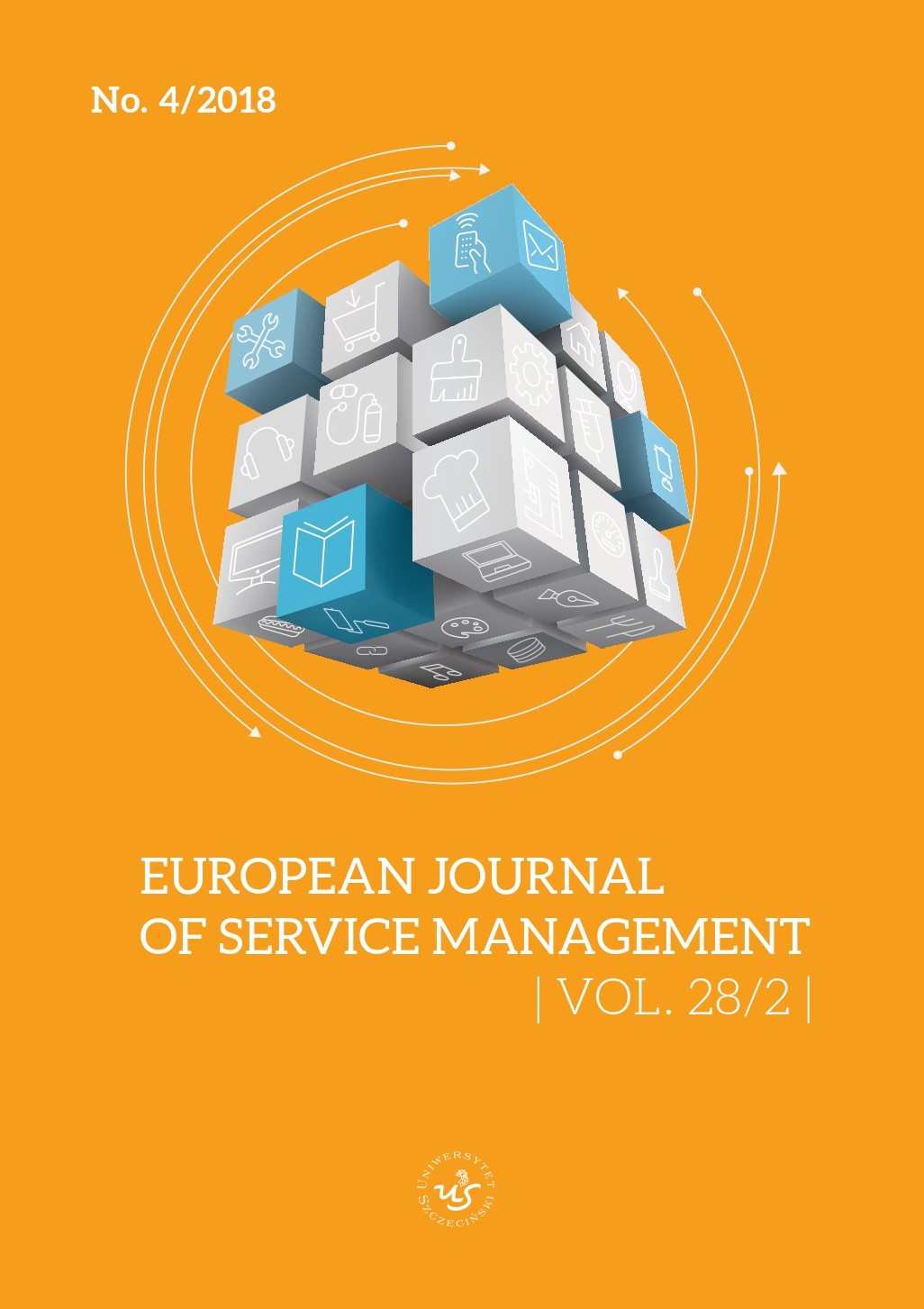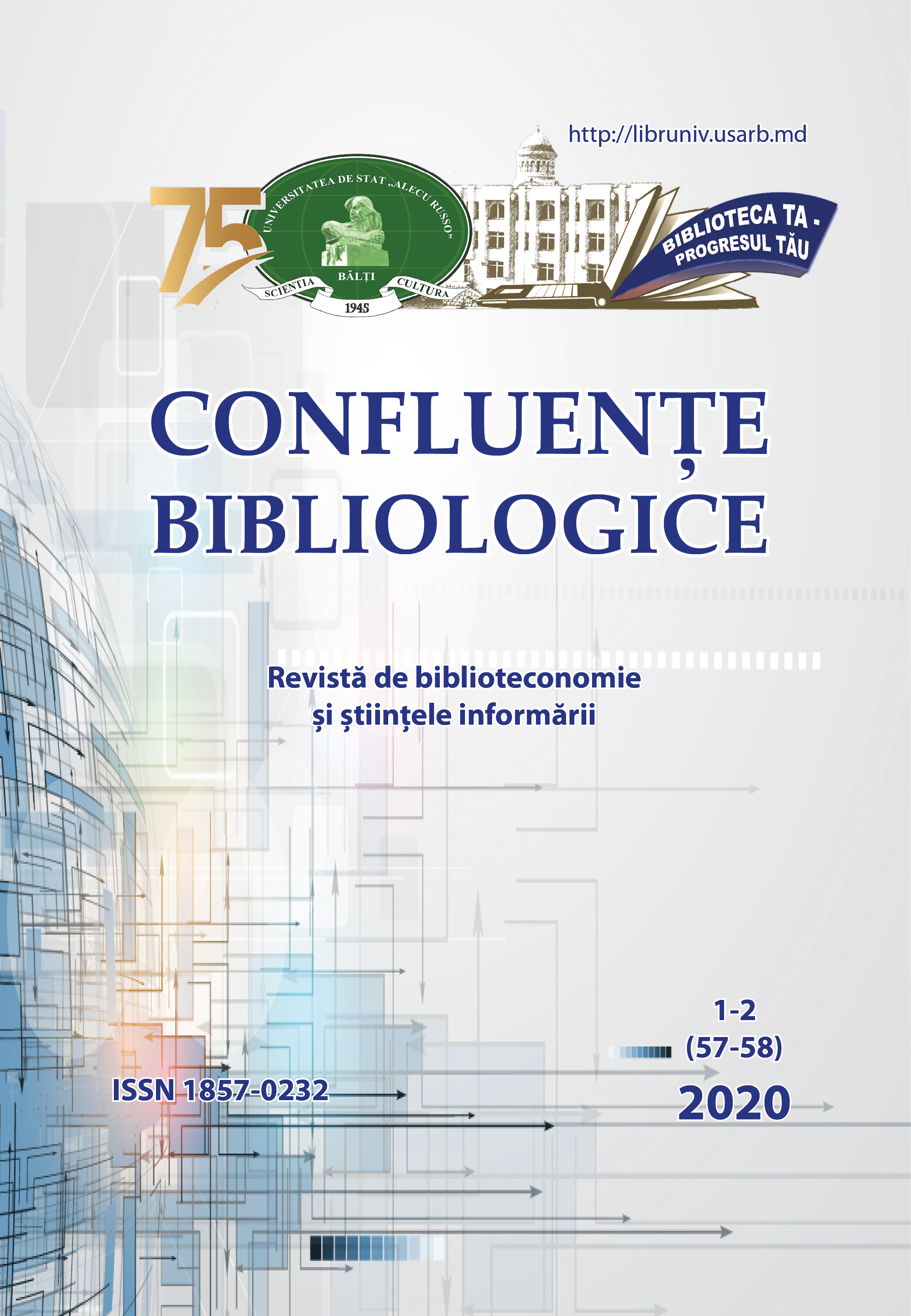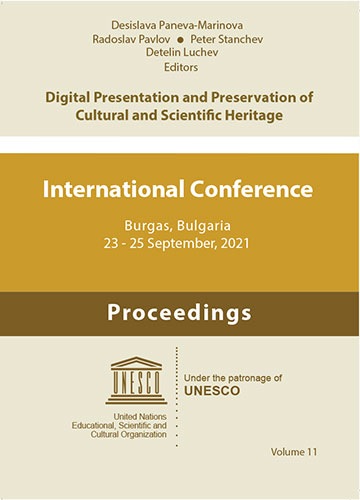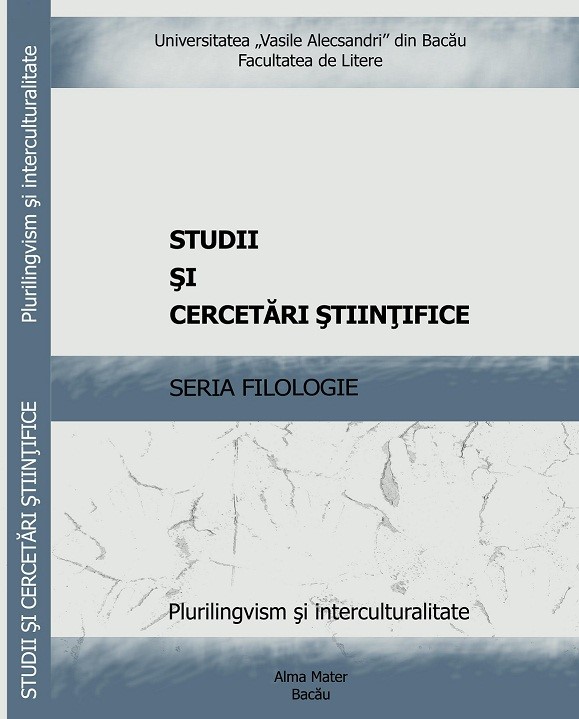
A METHODOLOGICAL MODEL OF AN ELECTRONIC COLLECTION OF WIDESPREAD EUROPEAN FOOD IDIOMS
The present paper aims at presenting the research methodology for creating an electronic collection of widespread European food idioms, corresponding to the shared European cultural heritage. This study intends to make use of digital scientific lexicographical methods in the field of phraseology, providing an answer to the challenge regarding the research strategies of studying language from the perspective of cultural universals. Even if the cross-linguistic similarities of idioms according to their cultural foundations seem to gain ground in today's research, the electronic collections are less convincing. In response to the current situation of the onomasiological cross-linguistic corpus of idioms, our study’s main objective is the elaboration of a methodological model of an electronic collection of widespread European food, which exceeds the perspective of a simple compilation of phrasemes that are separately treated and alphabetically ordered, but organised as organic elements related to a coherent system.
More...
